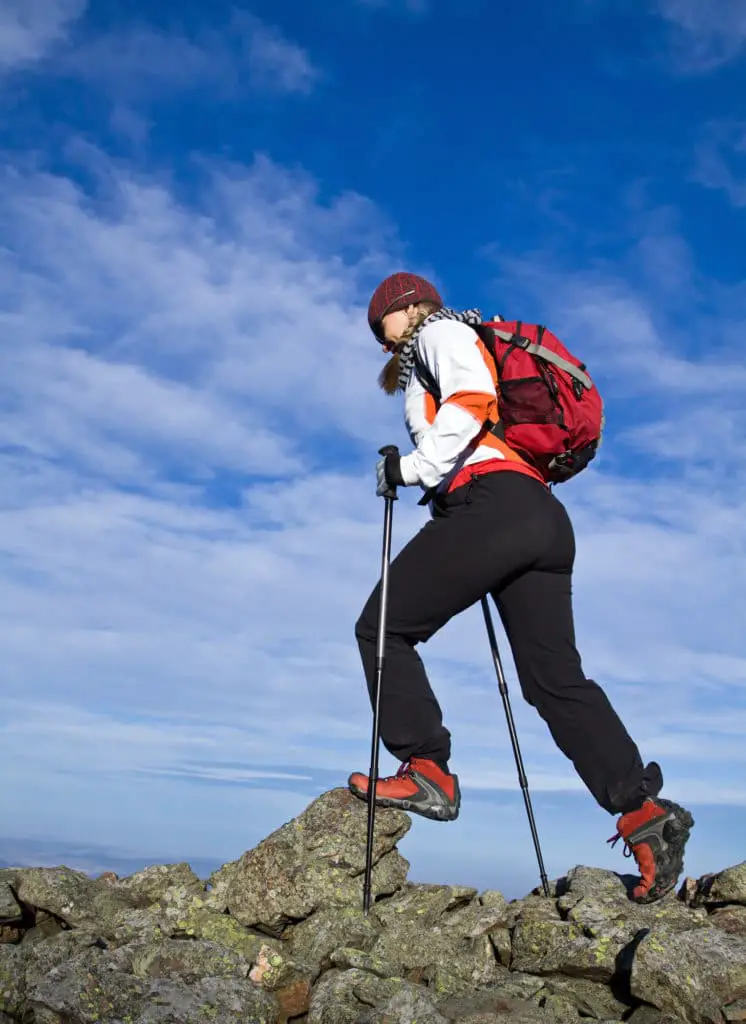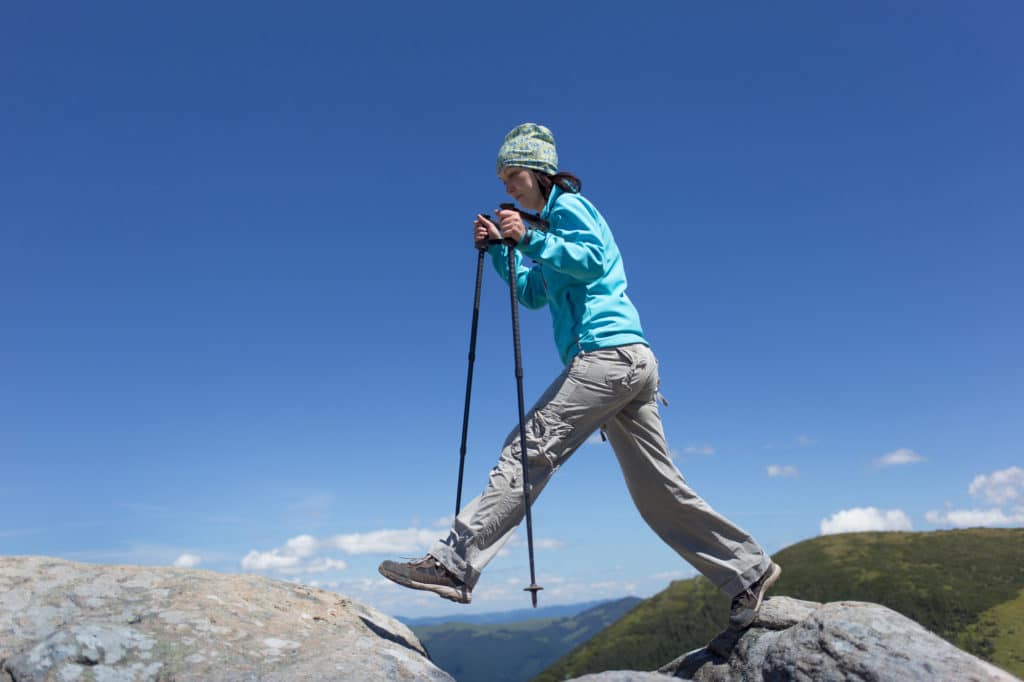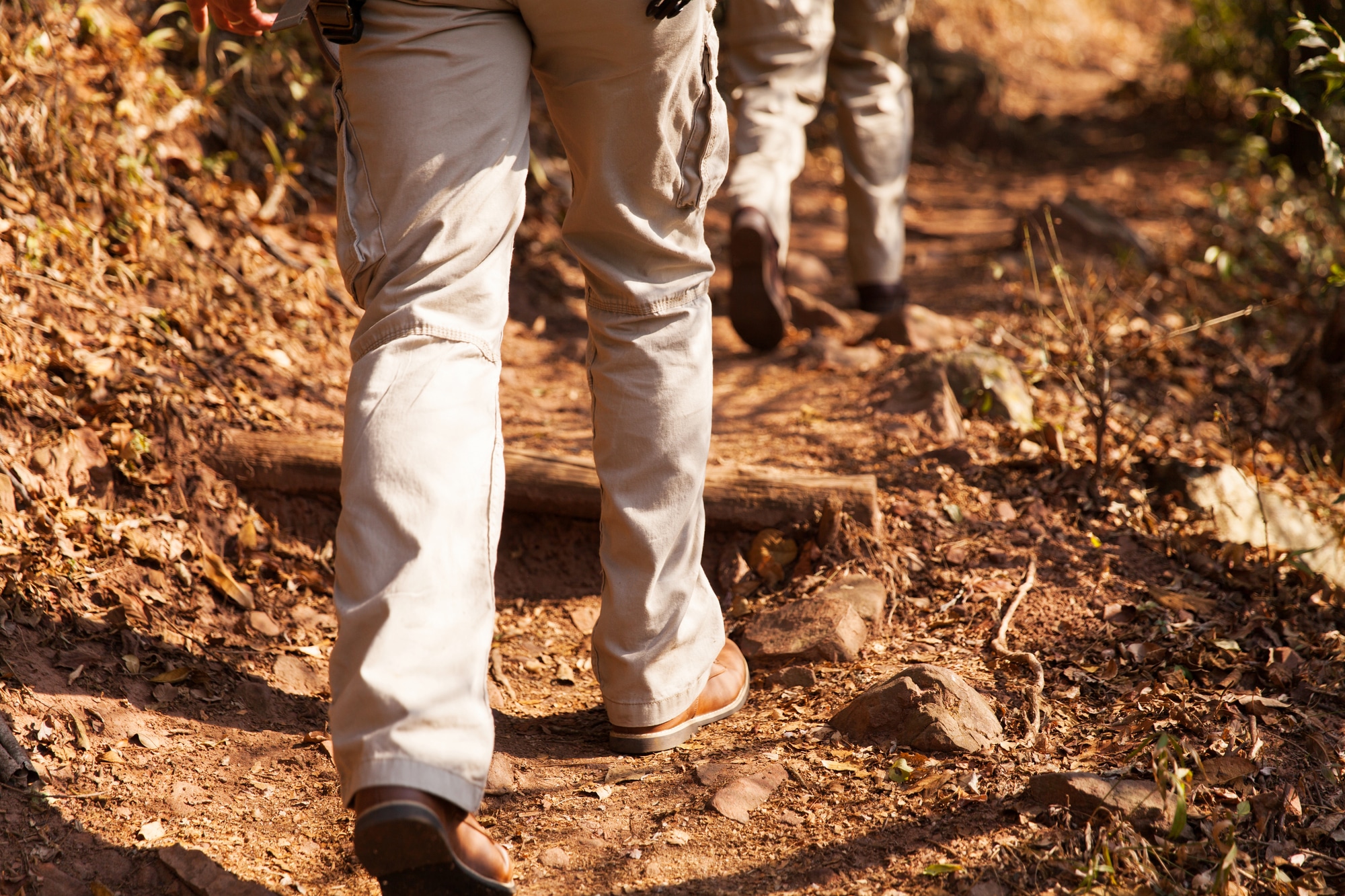Any experienced hiker will tell you that the clothes that are worn on a hike are so important. Choosing hiking wear that is comfortable and which allows you to enjoy the sights and sounds of the hike is more important than being fashionable. Hiking pants are a much-debated topic amongst the hiking community- there are plenty of hikers who swear by them and just as many who feel that one can enjoy a hike wearing other options too.
Hiking pants are designed keeping in mind that hikers face extreme temperatures. They are lightweight and durable, which means that they can handle all sorts of terrain. In this article, we take a closer look at hiking pants, their benefits and why they are worth the investment.
What to Look For in Good Hiking Pants

Comfort
The fabric used in hiking pants are flexible which means they stretch comfortably. They are designed to allow a hiker to move, jump and stretch without any chaffing or any other constrictions.
Hiking pants are not meant to be tight but are supposed to sit comfortably on the body leaving ample space for movement.
The pants are held up with elastic or draw-string waistbands which don’t leave any marks on bare skin.
They Dry Quickly
One of the fabrics used in hiking pants is nylon and since the fabric does not absorb water, this means that on a good hot day, freshly washed pants will dry soon. This important feature shouldn’t be overlooked while buying hiking pants because hiking terrain could include puddles, streams and wetlands. Even if you get caught in sudden showers, you won’t have to worry about wearing dirty pants for days.
Lightweight
Any good hiker will tell you that the weight that is carried on a hike has a direct impact on one’s hiking speed and ability to cover long distances. Since hiking pants are lightweight, they do not add to your bulk and most importantly, will keep you cool on a hot summer day. A fabric that absorbs sweat and water like denim, on the other hand will slow you down.
Plenty of Pockets
Hiking pants have a lot of pockets and this means that all your personal belongings can be carried on your person safely. The pockets are designed in such a way so as to carry a small belonging comfortably. Sometimes, these pants can also have pockets with zippers for keeping higher value items like a wallet and cellphone.
You May Also Like: How to Smell-Proof a Backpack
What Are Hiking Pants Made Of?
Hiking pants may contain a mix of nylon, spandex and polyester. However, the two most common fabrics are:
Nylon
Resistance to water and stains as well as durability are the top 3 features of nylon. Since it’s a fabric that breathes, it also means that a hiker will be very comfortable wearing it. Besides that, nylon also helps to keep the wearer dry which is very important especially when hiking in wet and cold conditions.
Polyester
This fabric scores over nylon with regard to water resistance and is very lightweight. On the other hand, this may not be the right fabric to choose on a hot day as it is not as durable as nylon. There’s also the possibility that once a hiker sweats that the fabric could start to smell if worn for a long time.
Mix
Hiking pants are also available as a mix of nylon and polyester along with spandex. The addition of spandex makes the pants more stretchable (think yoga pants) and if you ever find yourself jumping over a puddle or stream, you don’t have to worry about the fabric ripping. Spandex is also used in the waistband for the perfect fit, eliminating the need to wear a belt.
Waterproof
Waterproof hiking pants usually have a layer of gore-tex added so that the wearer stays comfortable without getting wet in the rain. These pants are expensive and it is advised to invest in them only if you plan to go on long hikes or backpacking in wet weather. If your hikes are planned for the summer months, then ordinary hiking pants will serve the purpose.
How Should Hiking Pants Fit?

Hiking pants are not designed to be figure hugging sports wear or fashion wear. It is, however, supposed to sit comfortably on your body and keep you relaxed throughout your hike. There are two main styles that are available and both have their specific advantages:
Convertible Hiking Pants
These pants have an inbuilt zipper that allows 2/3rd of the pant leg to be detached. The best part about this style is that you do not have to carry additional shorts while hiking, and this is the best option to consider if you are likely to run into unpredictable weather. In the hot summer sun, simply detach the lower part of the pant and wear these like a pair of shorts. Whenever you feel cold or if you are climbing terrain that is rough, simply re-attach them back on.
Standard Hiking Pants
These pants honestly cannot be told apart from an ordinary pair of pants. In fact, many hikers wear these pants to a dozen other places as casual wear. Although, the main drawback is that these pants lack the detachability feature, they are more lightweight when compared to convertible hiking pants. They may also have zippers running vertically on the lower part of the pant leg to enable easy removal without taking off one’s boots.
The type of pants you invest in depend entirely on whether you plan to use them as casual wear as well or only for hiking purposes. Remember that a relaxed fit is important and the pants should allow you to move around freely without restriction.
What to Wear If You Don’t Have Hiking Pants
Two popular options that you may spot hikers wearing on a one-day hike include:
Leggings: Hiking pants are made from thicker fabric which is comfortable to wear but leggings on the other hand, are made from fabric that really stretches with each leg movement. It is not unusual for hikers to wear hiking pants over a pair of leggings, to retain heat, especially during the winter. Leggings are great for layered clothing actually as they add barely any bulk. The ideal fabric to choose from is a polyester mix or a wool mix. Keep an eye out for leggings that will keep you sweat free, dry quickly, are abrasion resistant, have at least one pocket and have additional reinforcement over the knees and rear. We do not recommend cotton leggings, however.
Shorts: If you plan to go hiking on a really hot day, then shorts are a good option to consider too. Polyester is a very common material that is used to make hiking shorts and they have a good relaxed fit, as well as pockets to carry small belongings. Just remember that unlike leggings, your whole leg will not be protected from abrasions, sunburn or even mosquito bites. I don’t recommend wearing hiking shorts on a hike unless you are sure that the hike will not be a hard one and the terrain will be more or less flat.
Cargoes- One of the best features of cargo pants is that they have so many pockets which means that you can carry more accessories along with you on a hike for eg a compass, a wallet, a map etc. Cargo pants are neither a pair of shorts and neither are they a full length of pants which means that there is still a chance that you could get sunburnt, get tortured by mosquitoes or get scratches, depending upon where you hike. If you still want to wear cargoes on a hike, just make sure that they aren’t cotton; go for a polyester mix instead.
Frequently Asked Questions
Are Cargo Pants Good for Hiking?
Yes, they are good for hiking but avoid wearing cotton as they absorb water and will keep you wet and uncomfortable.
What do you wear under hiking pants?
Assuming that you want to wear layered clothing because of the weather conditions, the priority is to wear clothing that helps to retain heat and thus keeps you warm. Most hikers opt for one layer of thermal wear which is then followed by hiking pants. I recommend wearing one pair of full-length hiking leggings made from wool because it is the best in heat retention and keeps you sweat free.
Are Cotton Pants Good for Hiking?
No, they are absolutely the wrong fabric to choose when hiking due to a few reasons, Firstly, they absorb moisture and will become heavy as you sweat. That will reduce your hiking speed in turn. Secondly, cotton does not keep one warm and since it is lightweight, it can only keep you cool. Thirdly, it takes a long time to dry which is not practical especially if you are planning to hike for a few days at a stretch.

